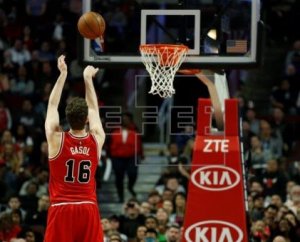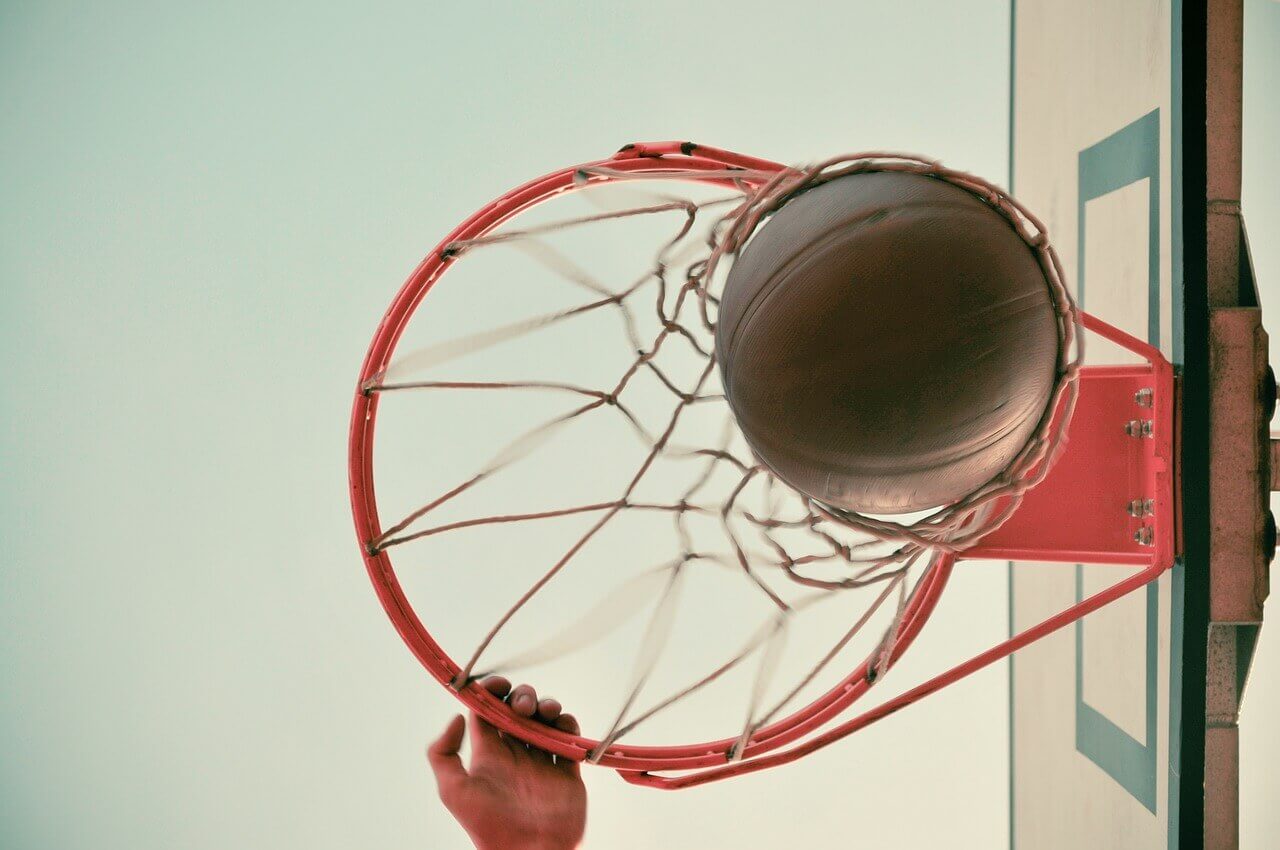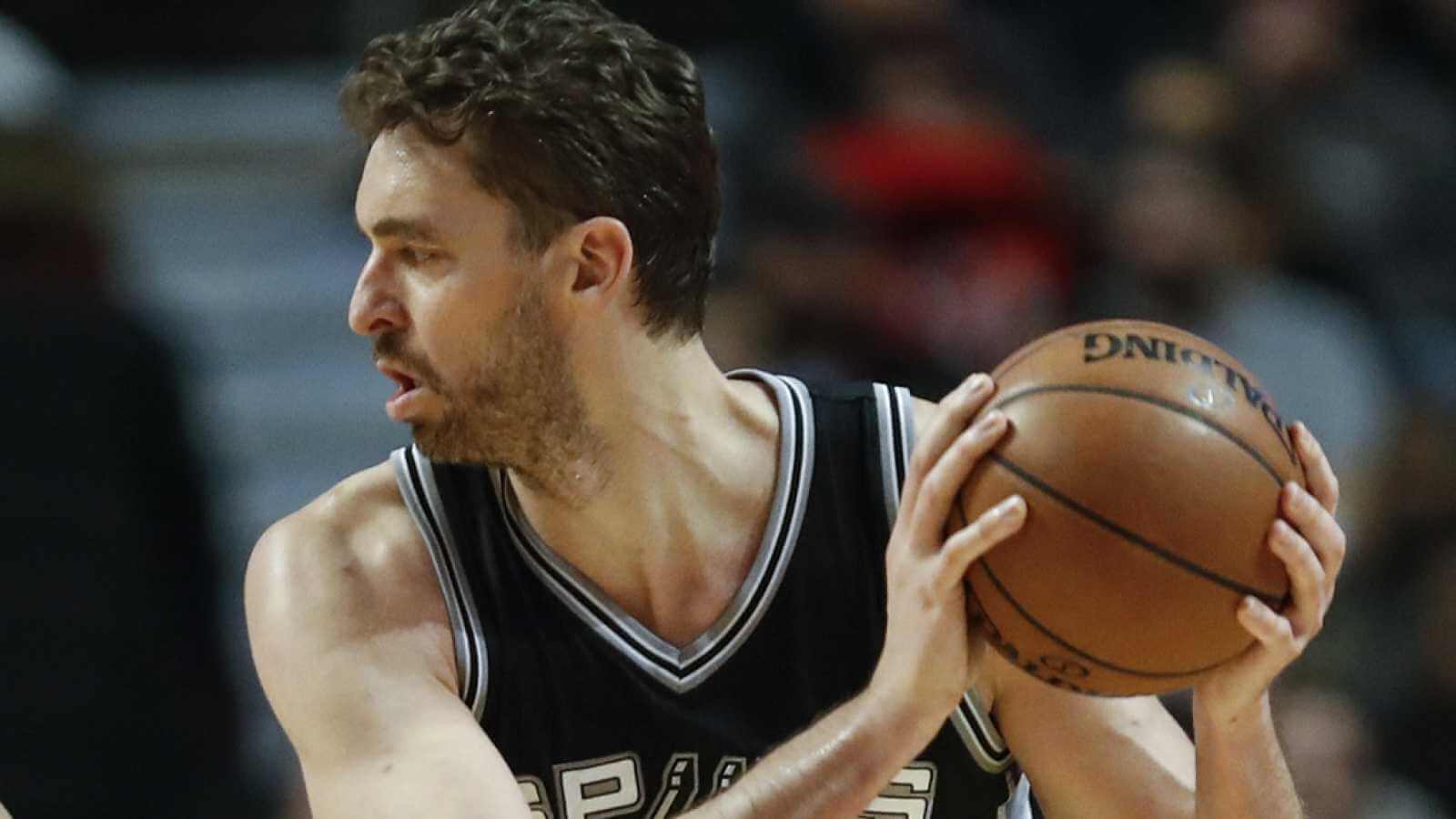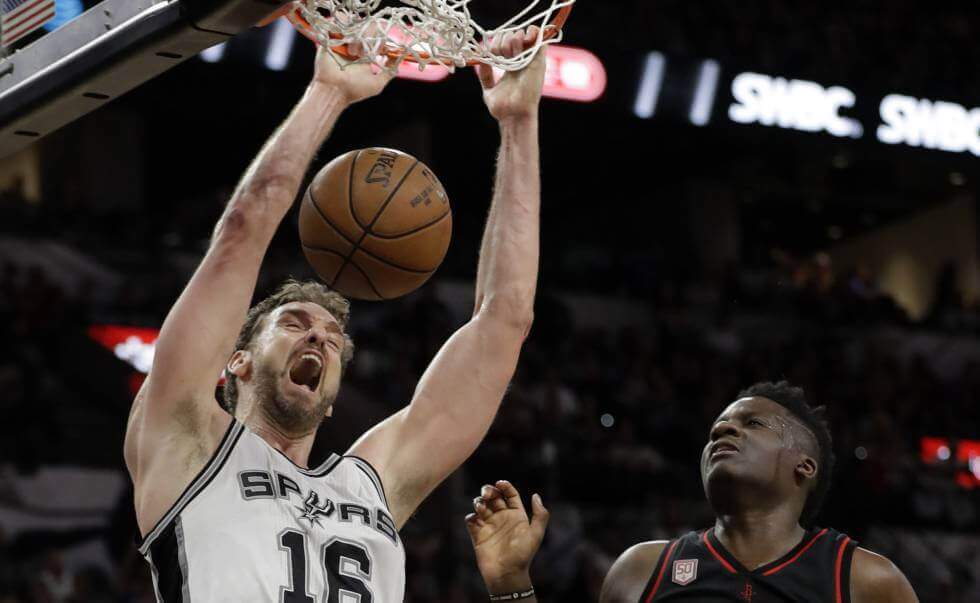Shooting Perfect Three-Pointers

Not many people can brag about shooting perfect three-pointers. They’re tricky shots that need to be studied both on and off the court. And they’re not just interesting to basketball players but to physics professors as well.
You might not believe it, but three-pointers force shooters to apply some physics to make the basket— albeit unknowingly.
The masters seemingly find the best angle, speed and arch to shoot the ball instinctively. These three factors quantitatively increase the probabilities of making the basket.
Three-pointers: pure physics
Gintaras Duda, Physics professor at Creighton University studied three-pointers and concluded that the perfect measurements consisted in throwing the ball at 32 km/h in a 45-degree parabolic arch from a distance of 6.37 meters from the basket.

The ever-increasing three-point field goal percentages of players such as Pau Gasol, who broke the NBA record with 58 percent shots made at the end of his 16th season, make us think that these studies aren’t going unread.
Gasol’s 58 percent is the highest percentage in history and has made headline news in the Spanish press.
Another factor in three-point shots is the Magnus effect, which is named after the physicist who first discovered it in 1853.
The Magnus effect explains that the rotational direction in which an object spins affects its trajectory when moving through fluid or, in the case of basketball, air.
Consequently, handling the ball in a certain way matters. In other words, by flicking your wrist moments before shooting the ball, you can make the ball spin in the opposite way of the direction that you shoot.
By spinning the ball in the opposite direction, you can create pressure differences around the ball. The pressure differences can create a higher arch, thus better angle, which can increase your chances of making a basket.
The Magnus effect also slows down the ball. If the ball hits the rim, the slower speed can be another advantage because it softens the bounce. Reducing the impact on the rim can increase the chances of making a shot.
You might be interested in: Analysis of Pau Gasol’s Game
Three-pointers objective: improve performance
If you want to shoot better three-pointers, you have to pick up on the successes and mistakes of the people around you; in other words, observational learning is key.
But what does that mean? It means that in order to improve– in today’s case, to shoot better three-pointers– practicing until you wear out your sneaker’s soles just won’t cut it.

According to several studies, sitting down and watching how others play a game is also an important part of perfecting personal technique. The reason behind this is that along with your daily practice, observation helps you improve your skill immensely.
Moving on, shooting the ball from the three-pointer line that’s nearly seven meters away from the basket sounds like a risky idea; especially if you add in the finesse and skilled movements of all-star players.
Despite the challenge, top-notch coaches, such as Luis Casimiro, all agree that there are a lot of reasons to take that risk to make a three-pointer:
Three-pointers allow teams to shoot up their score. If a team is losing by a landslide, these shots can help them catch up fast. Sure, a player’s ability is an important factor, but consistency matters, too. I don’t know any three-point shooter who gets enough three-pointers practice before, during and after practices.
Putting theory into practice
Some teams, such as Herbalife Gran Canaria, upload video tutorials for three-pointers.
In those videos Gran Canaria’s Kyle Kuric, the strongest three-point shooter of the team, explained the ten golden rules for shooting perfect three-pointers:
- Stay behind the three-point line (that’s pretty important).
- Keep your feet apart and parallel at the same width of your shoulders to create a strong base and stay balanced.
- Be ready; learn how to read your teammates and the opposing team to spot opportunities for three-pointers.
- Keep your body straight and lean towards the backboard.
- Bend your knees at a 45-degree angle.
- Take your aim with the hand that you don’t shoot with, keep it on the side of the ball.
- Lightly jump as you shoot, keeping your feet in position.
- Extend your arm to shoot. Your middle finger should be the last contact with the ball. Bend your wrist over after you shoot.
- The ball should be spinning perpendicularly with the floor towards the basket.
- Practice, practice, practice and repeat, repeat, repeat!

Mastering triples is all about practicing
We’ve reached the end of our post and can conclude that basketball players don’t make three-pointers by luck. They train long, hard hours to master the shot.
Basketball is much more than throwing a ball into a basket.
Not many people can brag about shooting perfect three-pointers. They’re tricky shots that need to be studied both on and off the court. And they’re not just interesting to basketball players but to physics professors as well.
You might not believe it, but three-pointers force shooters to apply some physics to make the basket— albeit unknowingly.
The masters seemingly find the best angle, speed and arch to shoot the ball instinctively. These three factors quantitatively increase the probabilities of making the basket.
Three-pointers: pure physics
Gintaras Duda, Physics professor at Creighton University studied three-pointers and concluded that the perfect measurements consisted in throwing the ball at 32 km/h in a 45-degree parabolic arch from a distance of 6.37 meters from the basket.

The ever-increasing three-point field goal percentages of players such as Pau Gasol, who broke the NBA record with 58 percent shots made at the end of his 16th season, make us think that these studies aren’t going unread.
Gasol’s 58 percent is the highest percentage in history and has made headline news in the Spanish press.
Another factor in three-point shots is the Magnus effect, which is named after the physicist who first discovered it in 1853.
The Magnus effect explains that the rotational direction in which an object spins affects its trajectory when moving through fluid or, in the case of basketball, air.
Consequently, handling the ball in a certain way matters. In other words, by flicking your wrist moments before shooting the ball, you can make the ball spin in the opposite way of the direction that you shoot.
By spinning the ball in the opposite direction, you can create pressure differences around the ball. The pressure differences can create a higher arch, thus better angle, which can increase your chances of making a basket.
The Magnus effect also slows down the ball. If the ball hits the rim, the slower speed can be another advantage because it softens the bounce. Reducing the impact on the rim can increase the chances of making a shot.
You might be interested in: Analysis of Pau Gasol’s Game
Three-pointers objective: improve performance
If you want to shoot better three-pointers, you have to pick up on the successes and mistakes of the people around you; in other words, observational learning is key.
But what does that mean? It means that in order to improve– in today’s case, to shoot better three-pointers– practicing until you wear out your sneaker’s soles just won’t cut it.

According to several studies, sitting down and watching how others play a game is also an important part of perfecting personal technique. The reason behind this is that along with your daily practice, observation helps you improve your skill immensely.
Moving on, shooting the ball from the three-pointer line that’s nearly seven meters away from the basket sounds like a risky idea; especially if you add in the finesse and skilled movements of all-star players.
Despite the challenge, top-notch coaches, such as Luis Casimiro, all agree that there are a lot of reasons to take that risk to make a three-pointer:
Three-pointers allow teams to shoot up their score. If a team is losing by a landslide, these shots can help them catch up fast. Sure, a player’s ability is an important factor, but consistency matters, too. I don’t know any three-point shooter who gets enough three-pointers practice before, during and after practices.
Putting theory into practice
Some teams, such as Herbalife Gran Canaria, upload video tutorials for three-pointers.
In those videos Gran Canaria’s Kyle Kuric, the strongest three-point shooter of the team, explained the ten golden rules for shooting perfect three-pointers:
- Stay behind the three-point line (that’s pretty important).
- Keep your feet apart and parallel at the same width of your shoulders to create a strong base and stay balanced.
- Be ready; learn how to read your teammates and the opposing team to spot opportunities for three-pointers.
- Keep your body straight and lean towards the backboard.
- Bend your knees at a 45-degree angle.
- Take your aim with the hand that you don’t shoot with, keep it on the side of the ball.
- Lightly jump as you shoot, keeping your feet in position.
- Extend your arm to shoot. Your middle finger should be the last contact with the ball. Bend your wrist over after you shoot.
- The ball should be spinning perpendicularly with the floor towards the basket.
- Practice, practice, practice and repeat, repeat, repeat!

Mastering triples is all about practicing
We’ve reached the end of our post and can conclude that basketball players don’t make three-pointers by luck. They train long, hard hours to master the shot.
Basketball is much more than throwing a ball into a basket.
This text is provided for informational purposes only and does not replace consultation with a professional. If in doubt, consult your specialist.








